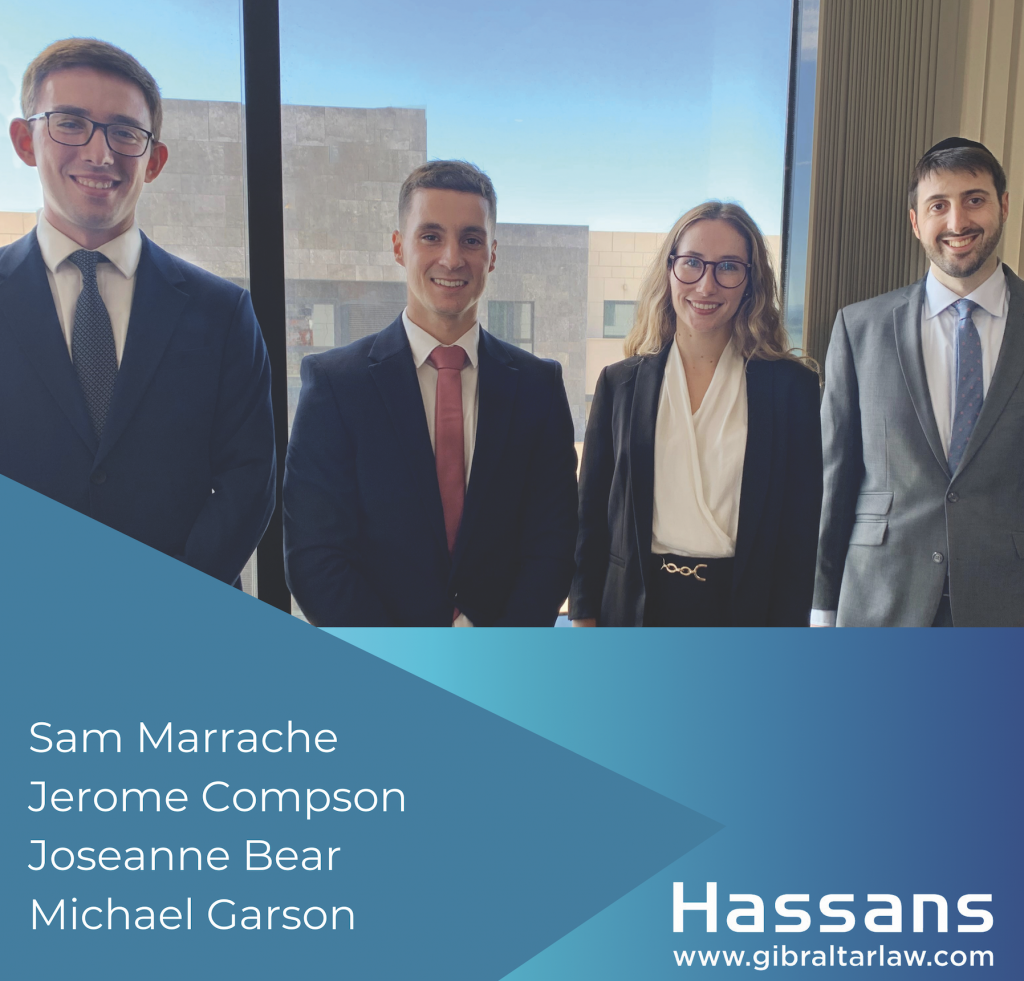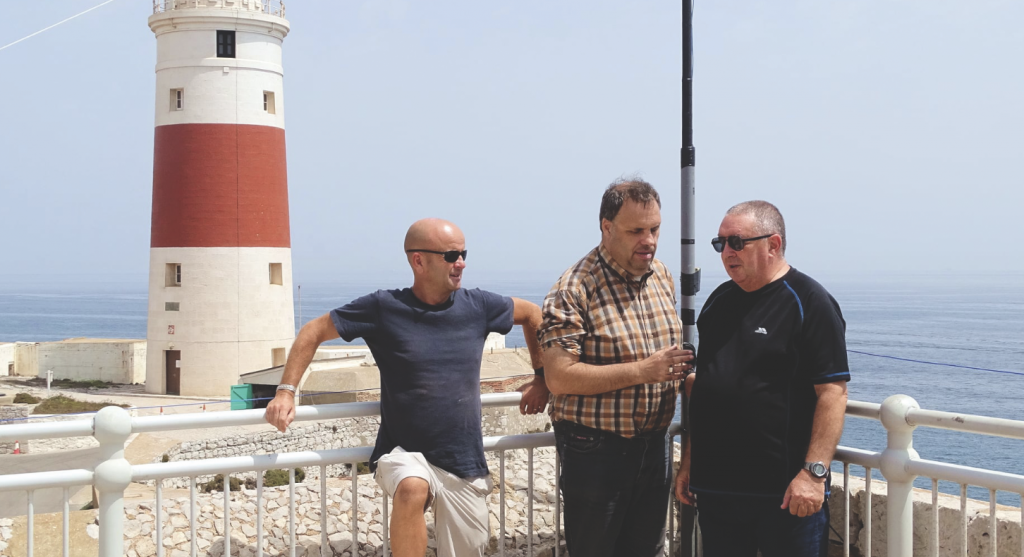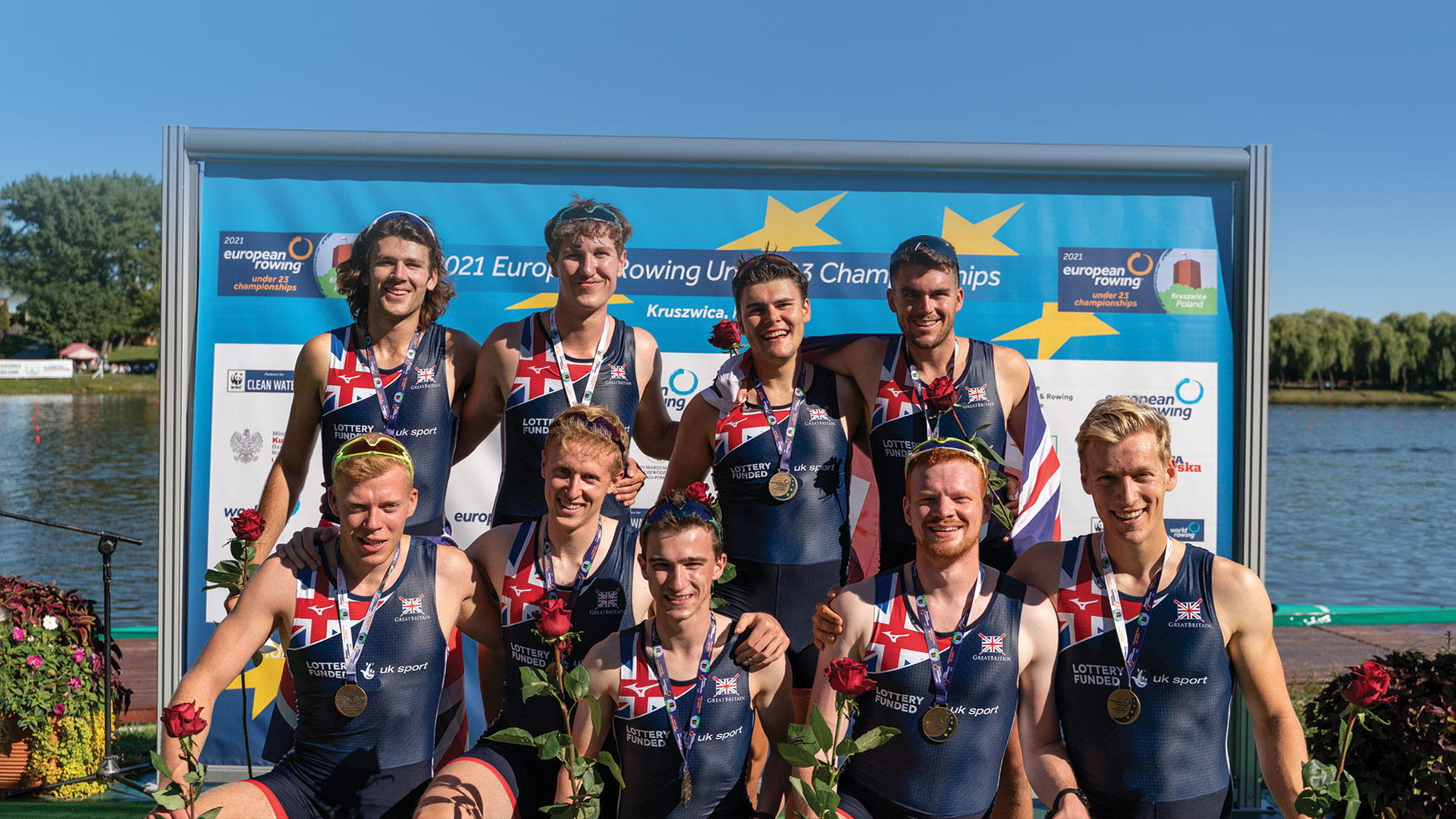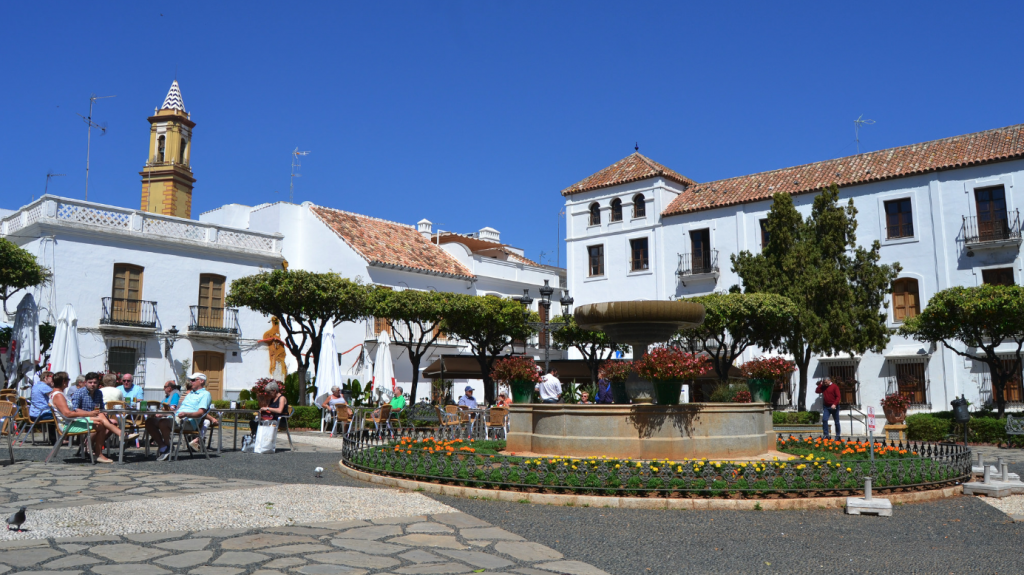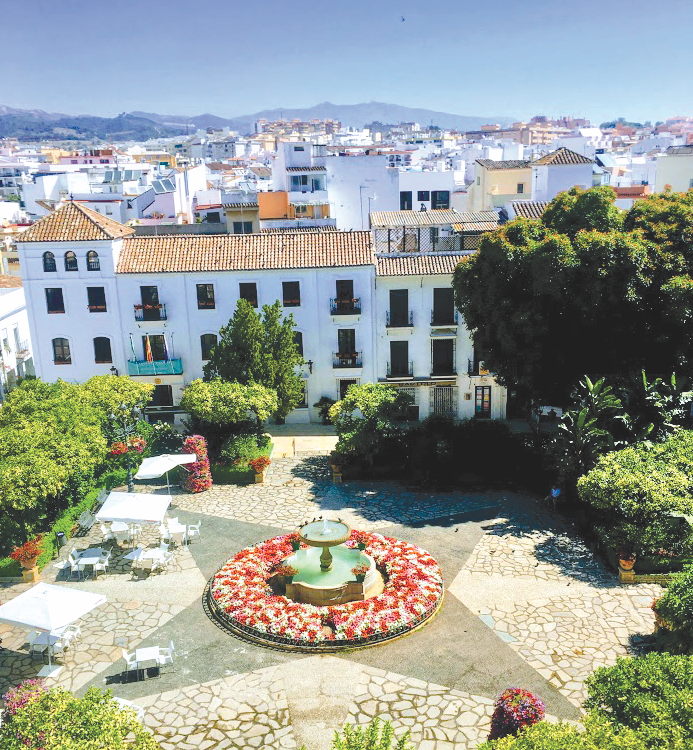Christopher Lloyd
It can’t be literature week without Christopher Lloyd, the fabulous author and co-founder of children’s non-fiction publisher what on earth books, making an appearance. Yes, he’s coming back to captivate audiences, young and old, with his exuberant storytelling, fascinating facts and to talk about two of his best selling publications and another exciting book about to be launched.
On Friday 12th November at the John Mackintosh Hall Theatre Christopher will be hosting a school’s day dedicated to his new book on climate change entitled It’s Up to Us.
‘I am thrilled to be returning to Gibraltar – where I have made so many friends over the years. It’s also great timing with the launch of It’s Up To Us – A Children’s Terra Carta for Nature, People and Planet. It is a huge honour to have worked on this book in conjunction with HRH The Prince of Wales, who has written the foreword, and his charity, The Princes Foundation. I can’t wait to show the school children in Gibraltar how we worked with 33 artists from all over the world to tell the story of climate change and what we can do to help make the planet fit for the future!”
Christopher explains how the idea for the book came about. “It was with great interest that in January this year I read about HRH The Prince of Wales’ announcement of Terra Carta – a new treaty for business leaders that includes a series of pledges to put the planet first. The Terra Carta is part of HRH’s Sustainable Markets Initiative, and has more than 400 corporations already committed.
But are middle-aged business executives really the most important audience when it comes to mitigating the long-term impact of climate change? I found myself reaching back to the Magna Carta Chronicle. What if we could make these brilliant pledges accessible to a much wider audience – 6-106 as well as their siblings, parents, grandparents, teachers, uncles and aunts?”
“The magic of children’s picture books is that, if done skilfully, they can convey really complex topics in ways that are accessible to young minds. If read outload with adults, they can impact them, too,” Christopher says.
It’s Up to Us will be launched alongside the 2021 United Nations Climate Change Conference, COP26, taking place from October 31 until November 12. A copy of the book will be donated to every primary school in Scotland and half of all proceeds from sales will go to The Prince’s Foundation to support its charitable work.
The beautifully illustrated book features artists from all over the world – ranging from Siberia to Kenya and Vietnam to Aboriginal Australia. “As it turned out, the approach could not have been more in keeping with the Terra Carta concept of everyone being in this climate change conundrum together, regardless of background, wealth, ethnicity or geography,” he says.
Christopher states that it was of the utmost importance that the book was sustainably produced: “It was printed in the UK with vegetable inks on revival paper in a way that also enabled measurement of the carbon emissions from the materials used.”
“We have a certificate from the World Land Trust to show that the carbon footprint was 280 grams per book, an impact that has now been offset, but more interestingly on the back of the book we show that 280 grams is the equivalent to producing five apples, a third of a glass of milk or a fifth of a plastic toothbrush,” explains Christopher.
The experience of publishing It’s Up to Us has prompted Christopher to consider how What On Earth Publishing itself might work to meet the Terra Carta pledges that also appear in the back of the book in their original form. “I’m thinking hard about every aspect of our business. Not just what books we do and what we print on and where the books are printed, but also how we can work as an organisation in a way that will minimise the impact we have, while also maximising demand from consumers.”
On Saturday 13th November Christopher Lloyd will be hosting two other events in the Lower Exhibition Room.
In the morning, Christopher will be taking the audience on a thrilling ride through 13.8 billion years in the history of Absolutely Everything! Using 15 everyday objects, he will combine the story of nature, the stone ages, ancient and human history in a series of themes that help makes sense of us all – human and nonhuman, past, present and future!
“I wanted to find a book that would help connect everything together from nature and ancient history to science and religions, but nothing suitable seemed to exist, so I decided I’d write that book and the result is Absolutely Everything!”
The book, for age 9 years old and over, is subtitled A History of Earth, Dinosaurs, Rulers, Robots and Other Things too Numerous to Mention, and it aims to answer as much as it possibly can about the history of the universe from the Big Bang right up to the 21st-century population explosion – and all in only 337 pages.
Join Christopher in the afternoon as he becomes a dynamic quiz show host in a contest to discover who will be crowned Gibraltar Literary Week Britannica Brainbox! Compete through eight quiz rounds, one for each chapter of the Britannica All New Children’s Encyclopaedia and witness a battle of brains in a grand finale to reveal the prize winner – it could be you! Ideal for all ages 8- 108. Please bring an internet-connected smartphone or tablet to compete in a family team or as an individual.
“I shall also relish the chance of hosting a live version my Britannica Quiz Show which I have only been able to share on Zoom with schools until now. Who will be the Gibraltar Britannica Quiz Champion? It could be you – as long as you come along on Saturday 2pm in the John Mackintosh Theatre!”













